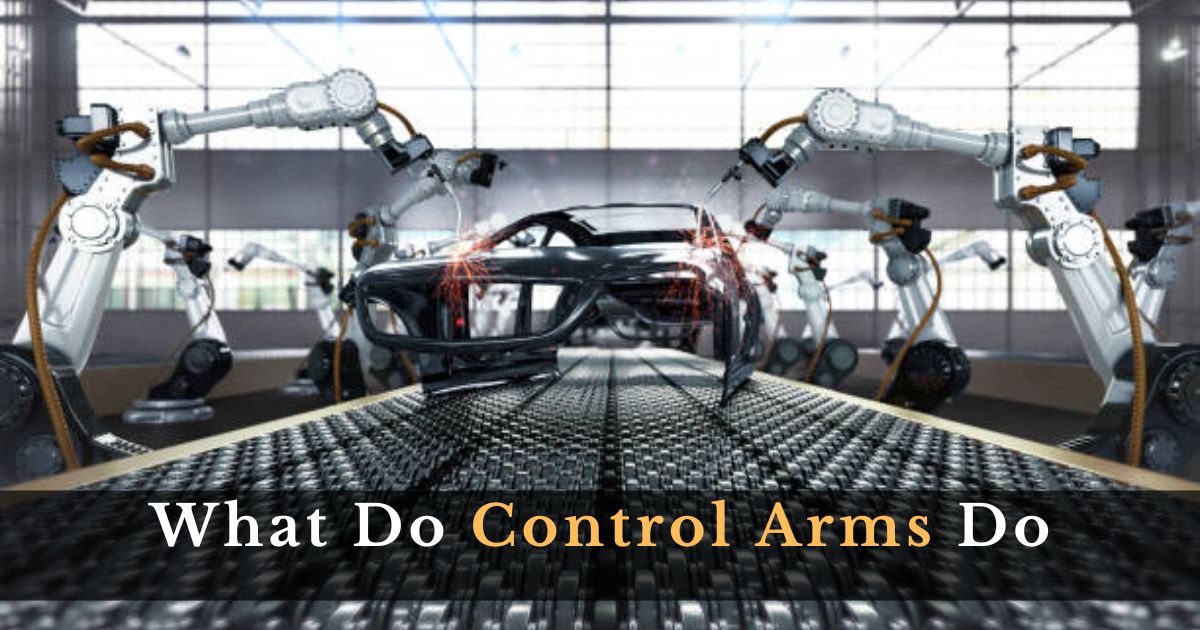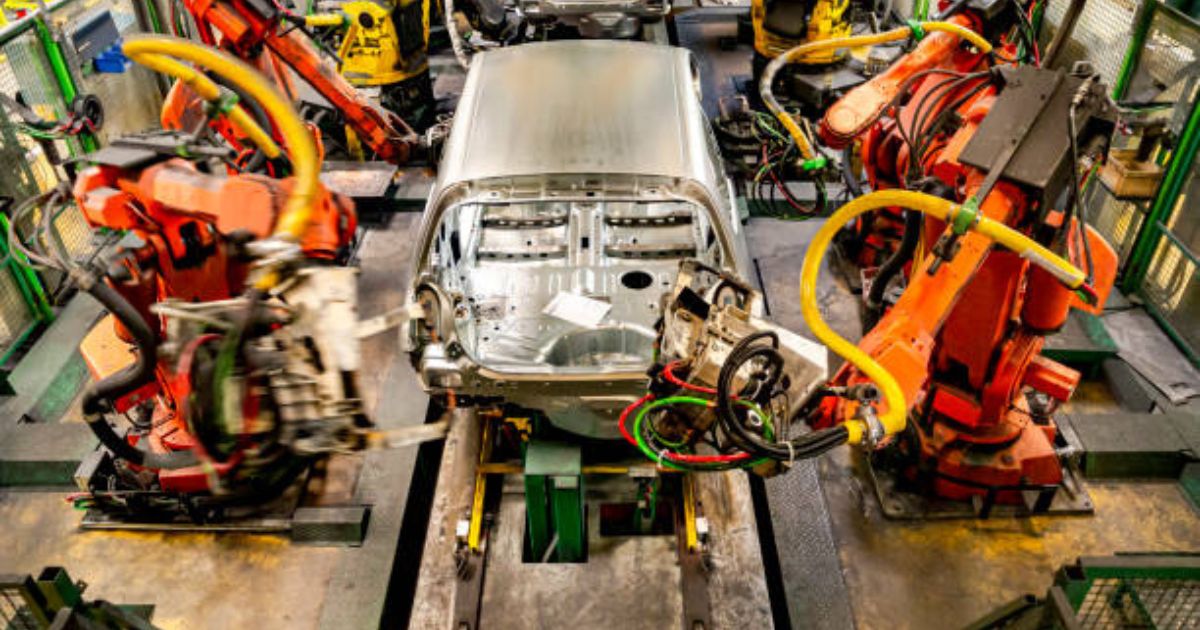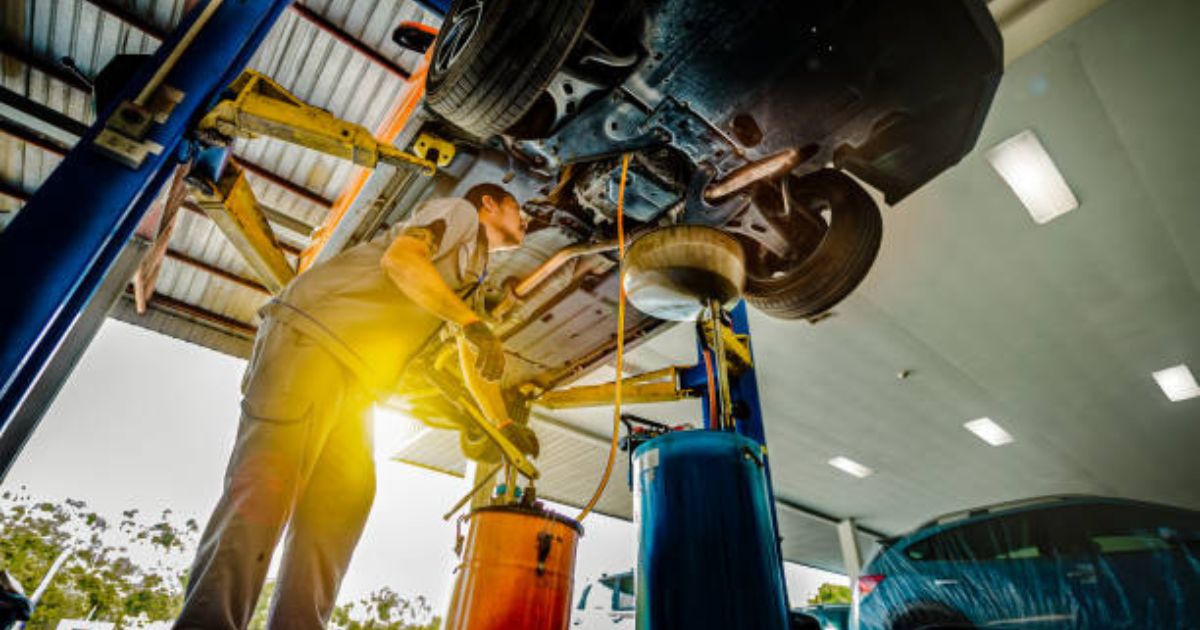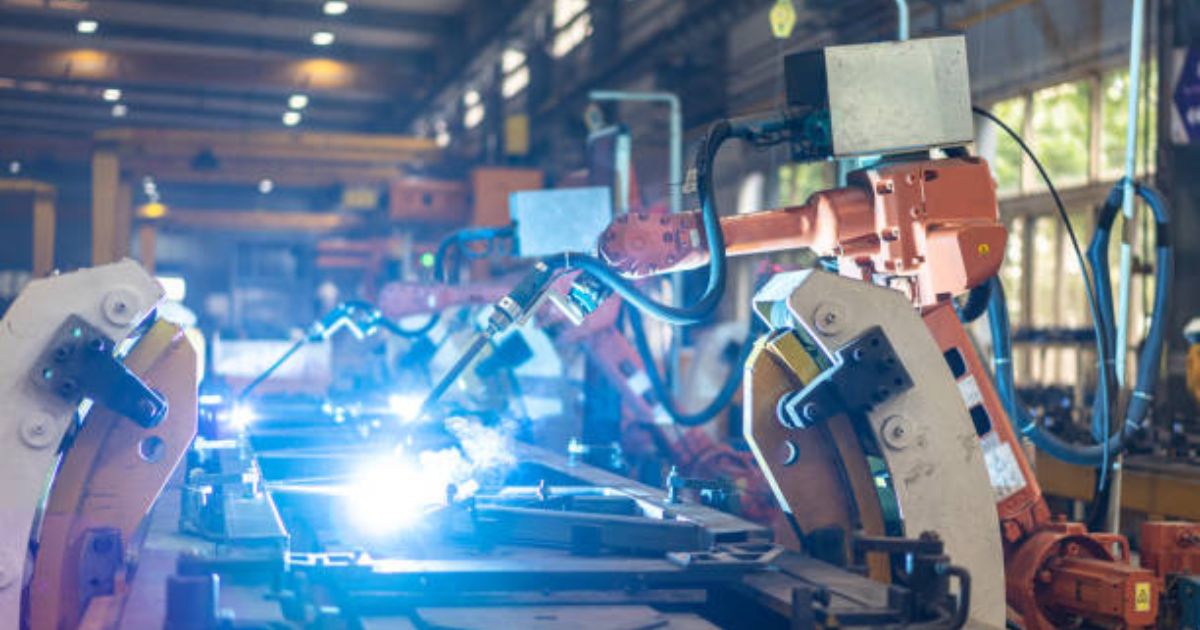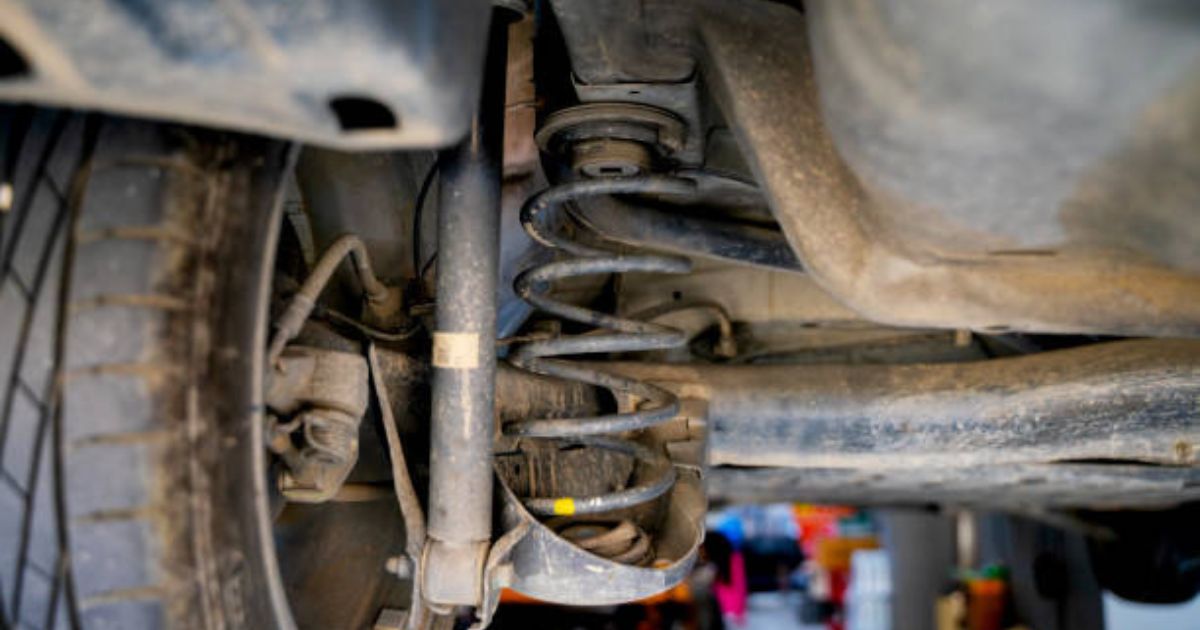What do control arms do, Control arms are a crucial part of a vehicle’s suspension system. But what do control arms do, and why are they important? In this article, we’ll break down everything you need to know about control arms, their functions, and how they contribute to a smooth ride.
What Do Control Arms Do?
Introduction
Have you ever wondered how your car glides smoothly over bumps and around corners? Well, control arms play a massive role in that! They’re an essential part of your vehicle’s suspension system, helping to connect the wheels to the car’s frame and manage its movements. Let’s dive into what control arms do and why they’re so crucial for your vehicle’s performance.
Understanding Control Arms
So, what exactly are control arms? Simply put, they are hinged links between your car’s chassis and the suspension. They help in holding the wheels in place while allowing them to move up and down, which is critical for a smooth ride and proper handling.
Components of Control Arms
Control arms aren’t just a single piece; they come with several components:
Upper Control Arms: These are located at the top part of the suspension and play a part in controlling the wheel’s position as it moves up and down.
Lower Control Arms: Situated below, these arms help in managing the wheel’s movements from underneath.
Ball Joints: These joints connect the control arms to the steering knuckles, allowing for smooth pivoting.
Bushings: Soft materials that cushion and reduce noise and vibration between the control arm and the car’s frame.
| Function | Description | Example |
| Stability and Handling | Control arms connect the wheels to the car’s frame, allowing them to move up and down while maintaining the vehicle’s intended directional control during turns and over uneven road surfaces. |
Without properly functioning control arms, a car may drift or pull to one side while driving.
|
| Suspension | Control arms work together with shock absorbers and springs to absorb bumps and vibrations from the road, providing a smoother ride for passengers. |
Worn control arms can contribute to a bumpy or uncomfortable ride.
|
| Wheel Alignment | Control arms are crucial for maintaining proper wheel alignment. This ensures the wheels point straight ahead and wear evenly, maximizing tire life and fuel efficiency. |
Misaligned wheels caused by worn control arms can lead to premature tire wear and reduced gas mileage.
|
How Control Arms Work
Control arms are like the arms of your body—they connect and allow for movement. They attach the wheels to your car’s frame, making it possible for the wheels to move up and down when you go over bumps, and side to side when you steer. This movement is essential for keeping your tires on the road and maintaining control.
Types of Control Arms
Control arms come in different designs depending on the vehicle’s needs:
Single Control Arms: Often found in basic suspension systems, these arms manage basic wheel movements.
Double Wishbone Control Arms: More complex, these use two control arms (upper and lower) to provide better handling and stability.
Multi-Link Control Arms: These are used in high-performance vehicles for precise control and smooth ride quality.
Materials Used in Control Arms
Control arms can be made from various materials, each offering different benefits:
Steel Control Arms: Durable and strong, but heavier.
Aluminum Control Arms: Lighter and resistant to corrosion, but more expensive.
Composite Control Arms: Made from advanced materials, offering a balance between strength and weight.
Control Arms in Different Vehicles
Control arms are used across all types of vehicles, each having specific needs:
Cars: Typically use a mix of upper and lower control arms for balanced performance.
SUVs: Use sturdier control arms to handle the weight and off-road conditions.
Trucks: Often have heavy-duty control arms for towing and carrying loads.
Importance of Control Arms for Vehicle Stability
Control arms are vital for keeping your vehicle stable. They influence how your car handles, steers, and absorbs shocks. Without properly functioning control arms, your vehicle might feel wobbly, less responsive, and uncomfortable.
Signs of Control Arm Problems
How do you know if something’s wrong with your control arms? Look out for:
Unusual Noises: Clunking or rattling sounds, especially when going over bumps.
Vibrations: Steering wheel vibrations can indicate worn-out control arms.
Uneven Tire Wear: If your tires wear unevenly, it might be due to bad control arms.
Common Issues with Control Arms
Control arms can face several issues over time, such as:
Wear and Tear: Natural deterioration from regular use.
Damage from Accidents: Impacts can bend or break control arms.
Bushing Deterioration: Bushings can crack or wear out, affecting performance.
Maintenance and Inspection
Keeping control arms in good shape involves:
Regular Check-ups: Inspect control arms during routine maintenance.
Proper Lubrication: Ensuring parts are well-lubricated to reduce wear.
Replacement Guidelines: Replace control arms when they show signs of damage or significant wear.
Repairing and Replacing Control Arms
When should you replace control arms? Look for signs of damage or worn-out bushings. If you’re handy with tools, you might attempt a DIY replacement, but professional assistance ensures the job is done correctly.
Cost of Control Arm Replacement
The cost to replace control arms varies based on factors like the vehicle type and the extent of the damage. On average, expect to spend anywhere from $200 to $600 for parts and labor, depending on your vehicle.
Aftermarket Control Arms
Looking for replacements? Aftermarket control arms can be a great option. They often come with improved designs or materials. When choosing, consider your driving needs and the specific requirements of your vehicle.
Control arms might seem like small components, but they play a huge role in your vehicle’s performance and safety. Regular inspections and timely replacements keep your ride smooth and your vehicle handling like a dream. Keep an eye on those control arms—they’re the unsung heroes of your car’s suspension system!
FAQs
What Are Control Arms?
Control arms are parts of your car’s suspension that connect the wheels to the frame, allowing for controlled movement and stability.
How Do I Know If My Control Arms Are Bad?
Listen for unusual noises, feel for vibrations in the steering wheel, and check for uneven tire wear.
Can I Drive With a Bad Control Arm?
It’s risky. Driving with a bad control arm can lead to poor handling and further damage to your vehicle.
How Long Do Control Arms Last?
Typically, control arms last anywhere from 50,000 to 100,000 miles, depending on driving conditions and maintenance.
What’s the Difference Between Upper and Lower Control Arms?
Upper control arms are located above the suspension, helping manage vertical movements, while lower control arms are below and manage both vertical and horizontal movements.


